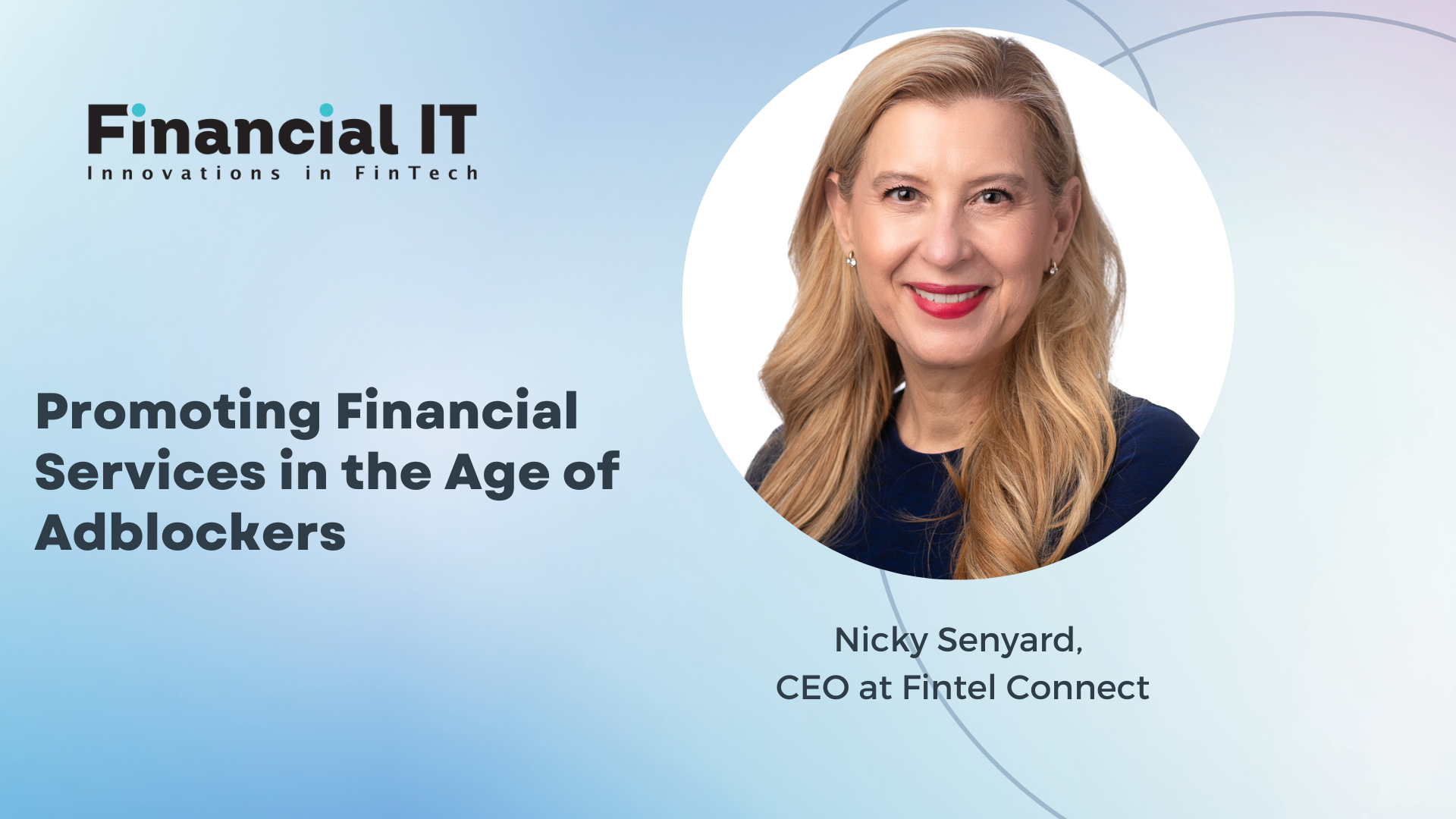Promoting Financial Services in the Age of Adblockers

- Nicky Senyard, CEO at Fintel Connect
- 29.02.2024 06:45 am #finserv #brands #ads #marketing
Over 50% of online users don’t like to see targeted ads when they search for a topic, according to Statista. This paradox could explain the growing trend of internet users downloading software or browser extensions designed to avoid those ads, creating a new challenge for financial brands looking to promote their products or services.
The use of ad blockers has become more common in recent years. We have witnessed how influential tech companies have started to take measures against them. For example, it's expected that by June 2024, Google won’t allow some of the most popular ad blockers to function on its web browser, Chrome.
According to the latest Digital Trends Report from Hootsuite, 42.7% of internet users worldwide are currently using ad-blocking technology. Whether this is for privacy concerns or because they find ads annoying, the reality is that internet users won’t stop using adblockers anytime soon.
For financial brands, this means traditional digital advertising formats such as display ads and search ads are becoming less effective. A potential way to overcome this challenge, is for financial marketers to rely less on ads and focus more on partnerships.
Affiliate marketing: a stronger alternative to ads in times of adblockers.
Banks, credit unions, and fintech companies can use the affiliate marketing channel to attract customers without worrying about their efforts being blocked by software or browser extensions.
Affiliate marketing involves partnering with publishers (websites, blogs, influencers) who promote a brand’s products or services. In exchange, these affiliates are only paid for each conversion or leads that they generate.
This type of marketing is beneficial for financial brands for several reasons, including:
1. Content effectively dodges ad blockers. Traditional display ads are not a part of affiliate marketing. When promoting financial products or services, affiliates don’t create ads; they create content. From blog posts and videos to social media posts and newsletters, affiliates are effective storytellers who attract the audience with engaging content.
2. Building trust while getting exposure. Affiliates usually have a niche and loyal audience that trusts them. By partnering with the affiliates that are aligned with the financial institutions’ (FI) target audience, they can help build credibility for the FI. It also enables FIs to boost their brand reputation while offering visibility and amplifying the digital footprint of the financial brand.
3. Cost-effective customer acquisition. Pay-per-click ads were once a low-cost form of advertising. This partially contributed to their success in becoming a favored choice for businesses of all sizes. Despite their popularity, eventually organizations realized that paying for “clicks” does not always translate into getting quality leads. Low cost does not always mean effective.
In today's digital advertising arena, there are more players vying for the same keywords, which is driving up the cost of advertising. Additionally, the increasing use of adblockers is forcing financial marketers to rethink their strategies and explore alternative channels to attract new customers.
Compared to the traditional channels for digital advertising, affiliate marketing allows financial brands to only pay for leads or conversions generated. This model, based on performance, offers a cost-effective approach to customer acquisition.
In the age of ad blockers, affiliate marketing provides an effective solution to this problem. It is not a surprise that more financial brands are turning to affiliate marketing to boost their digital marketing efforts.



















